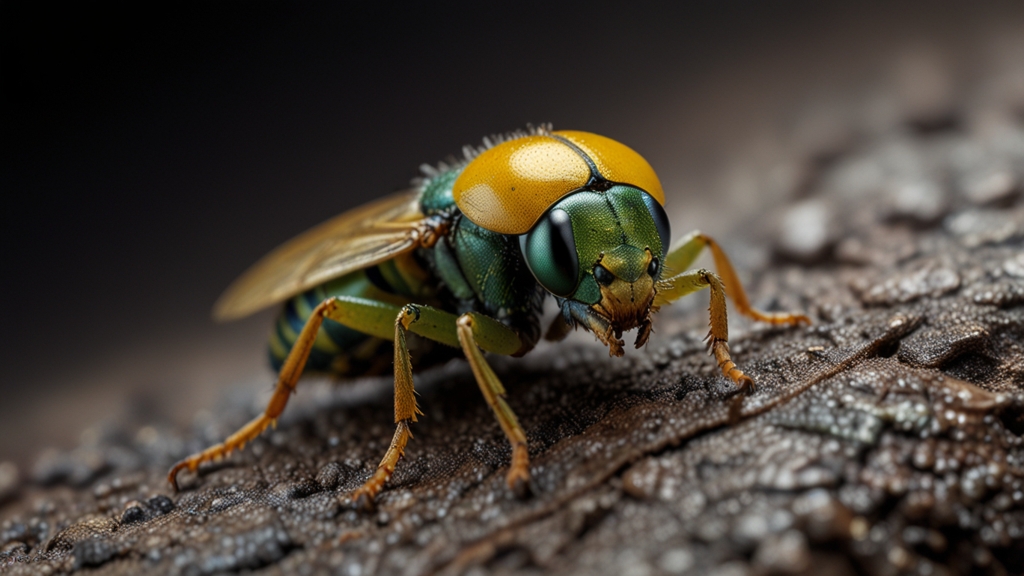Wildlife in Crisis: The Global Emergency You Can't Ignore
In every corner of the globe, wildlife is battling a crisis of unprecedented proportions. From the dense rainforests of Amazonia to the sparsely populated Arctic tundra, species are disappearing at an alarming rate, and ecosystems are teetering on the brink of collapse. This isn't just an environmental issue; it's a global emergency that demands our immediate attention. Let’s delve into the factors fueling this crisis and explore why every one of us must become part of the solution.
Habitat Destruction: The Silent Killer
One of the primary drivers behind the decline in wildlife populations is habitat destruction. Forests are being cleared for agriculture, urban development, and logging, stripping countless species of their homes.
“Every year, we lose approximately 18.7 million acres of forests, which is equivalent to 27 soccer fields every minute,” reports the World Wildlife Fund.
This loss of habitat not only displaces animals but also fragments ecosystems, making it increasingly difficult for wildlife to find food, mate, and thrive.
Climate Change: A Looming Threat
The impacts of climate change are being felt in every ecosystem around the planet. Rising temperatures, shifting weather patterns, and increased frequency of extreme events like wildfires and hurricanes are putting immense pressure on wildlife.
“Climate change is arguably the biggest threat facing wildlife today. If global temperatures rise by more than 1.5°C, the world will see mass extinctions and the collapse of entire ecosystems,” warns the Intergovernmental Panel on Climate Change (IPCC).
Species that cannot adapt quickly enough to these rapid changes are at a higher risk of extinction, and the delicate balance of our natural world is being thrown into disarray.
Poaching and Illegal Trade
Illegal wildlife trade is another significant factor contributing to the crisis. Poaching for ivory, fur, and other animal products continues to decimate populations of some of the world’s most iconic species, including elephants, rhinos, and tigers.
“The illegal wildlife trade is a multi-billion-dollar industry, ranking alongside drugs, arms, and human trafficking in terms of profit,” states the United Nations Office on Drugs and Crime.
Despite international regulations and protections, the demand for exotic animals and their parts fuels a brutal market that threatens the very existence of numerous species.
Pollution: Poisoning Our Planet
Finally, pollution continues to wreak havoc on habitats and the wildlife that resides within them. Plastics, chemicals, and other pollutants find their way into rivers, oceans, and soils, poisoning the animals that come into contact with them.
Marine life, in particular, suffers immensely from ocean pollution, with millions of tons of plastic waste choking sea creatures and contaminating food chains. Birds, mammals, and fish ingest or become entangled in debris, leading to injury, starvation, and death.
A Call to Action
The crisis facing global wildlife requires concerted effort from individuals, governments, and organizations worldwide. Conservation programs, stricter regulations on habitat destruction, and harsher penalties for illegal trade are essential, but they are not enough on their own. Personal responsibility, through lifestyle changes and supporting conservation efforts, is equally crucial.
We must recognize that the health of our planet is intricately tied to the health of its wildlife. Only by acknowledging and addressing this global emergency can we hope to preserve the incredible biodiversity that makes our world so vibrant and resilient. The time to act is now, before it’s too late.






